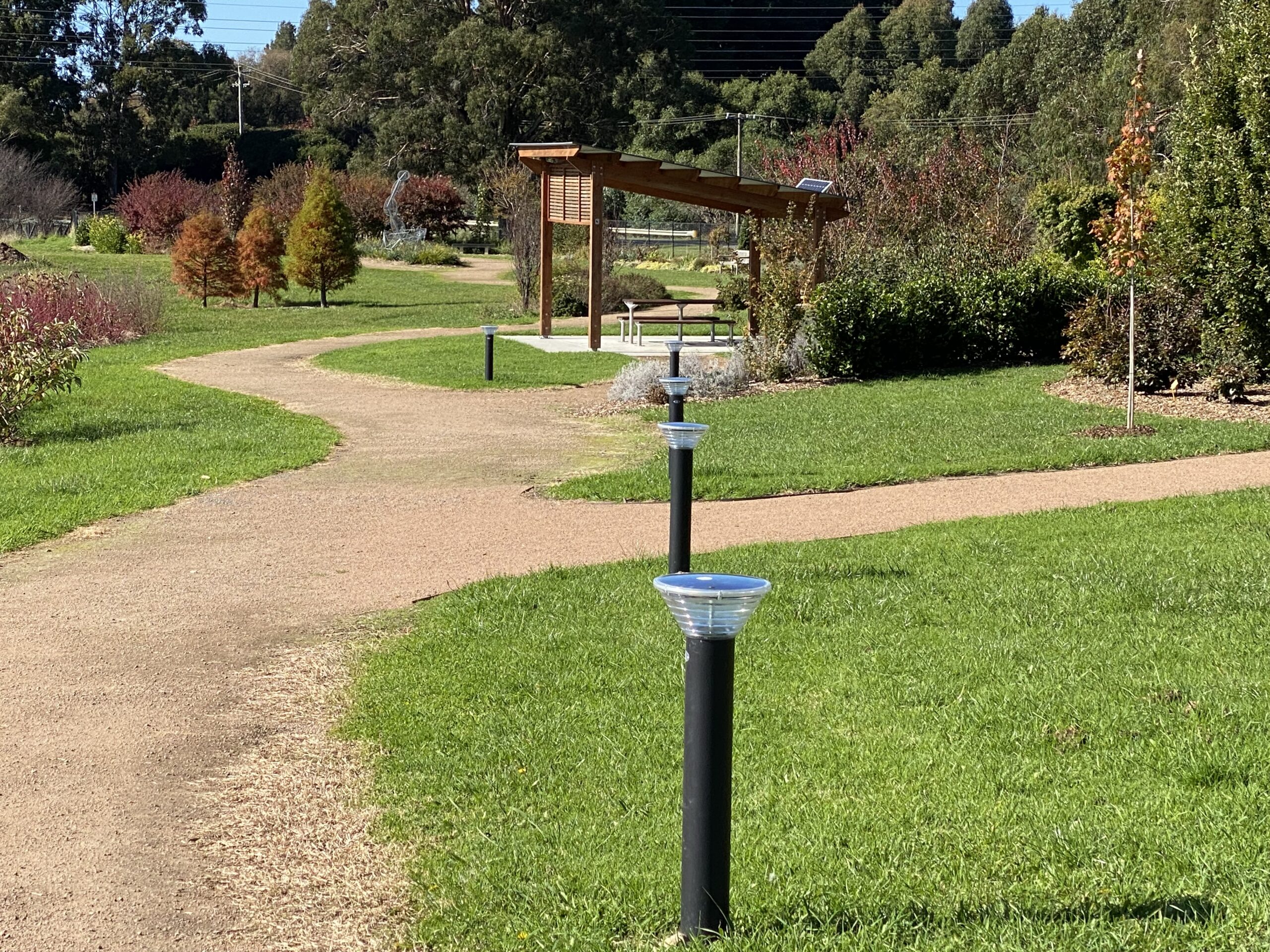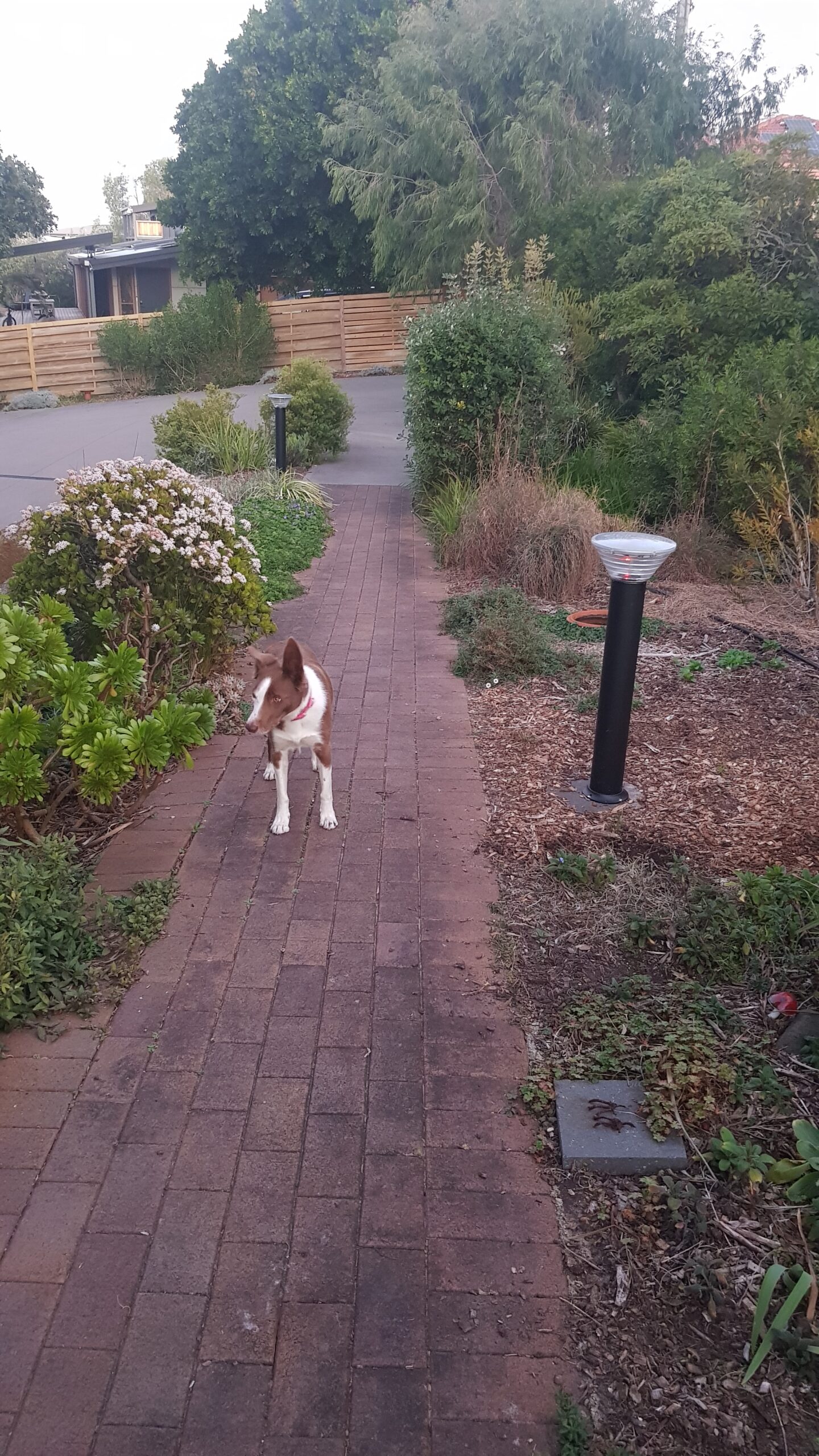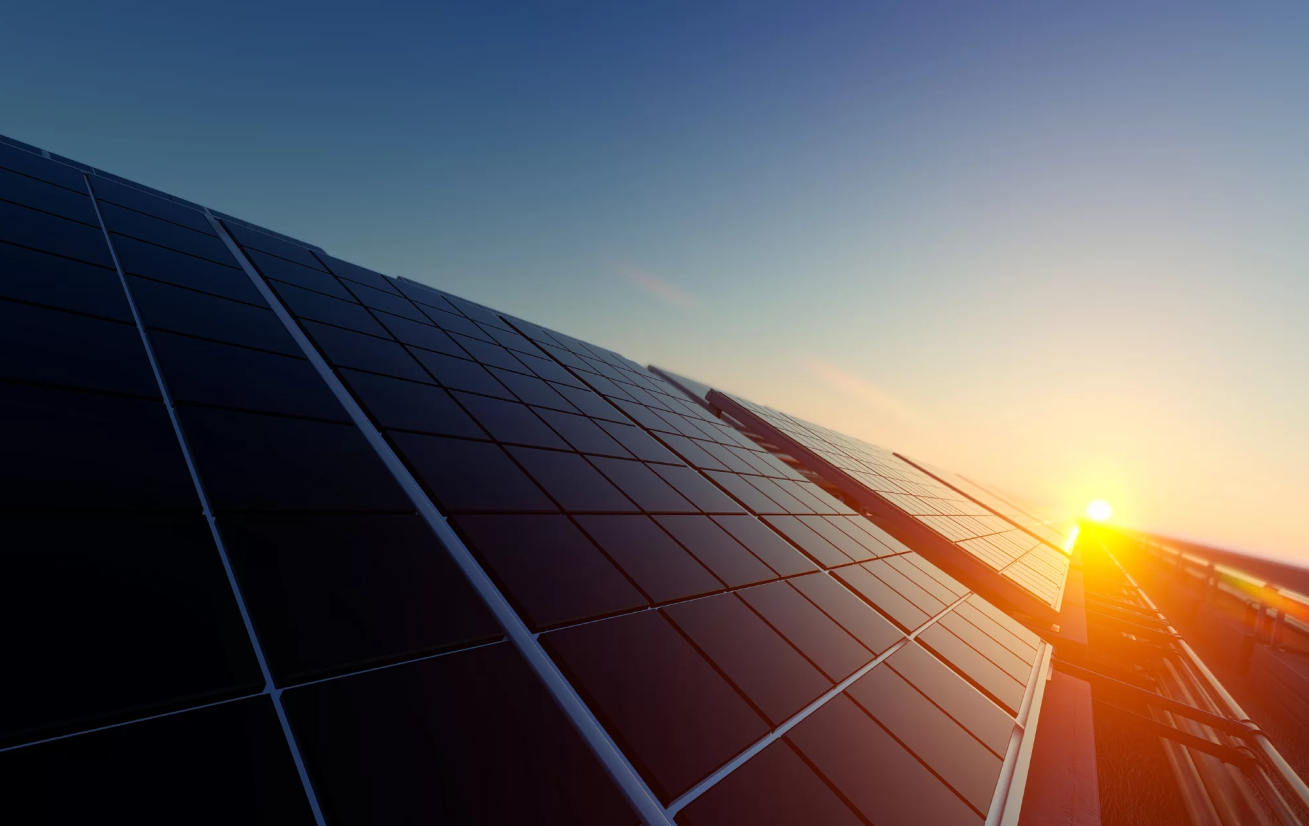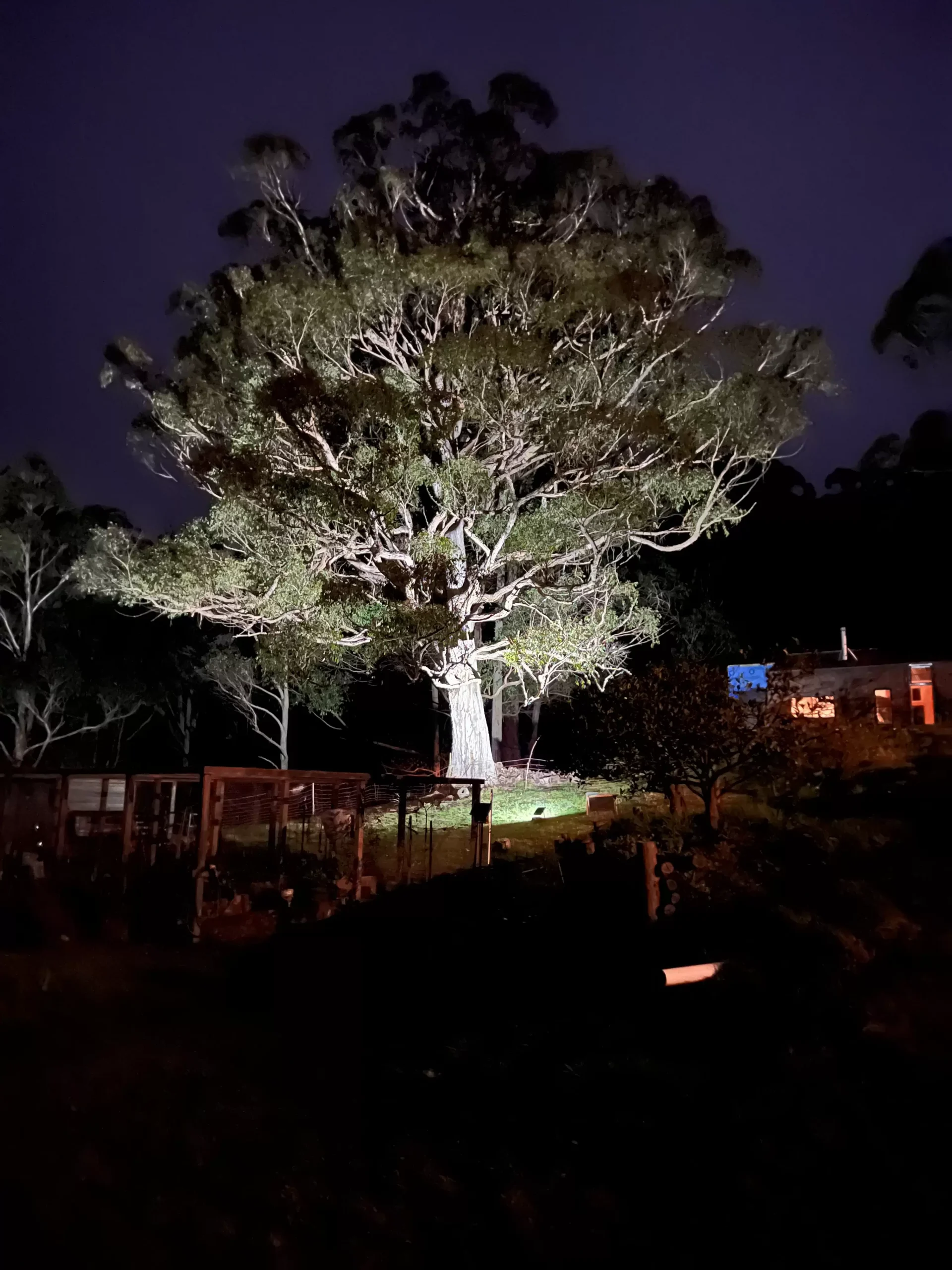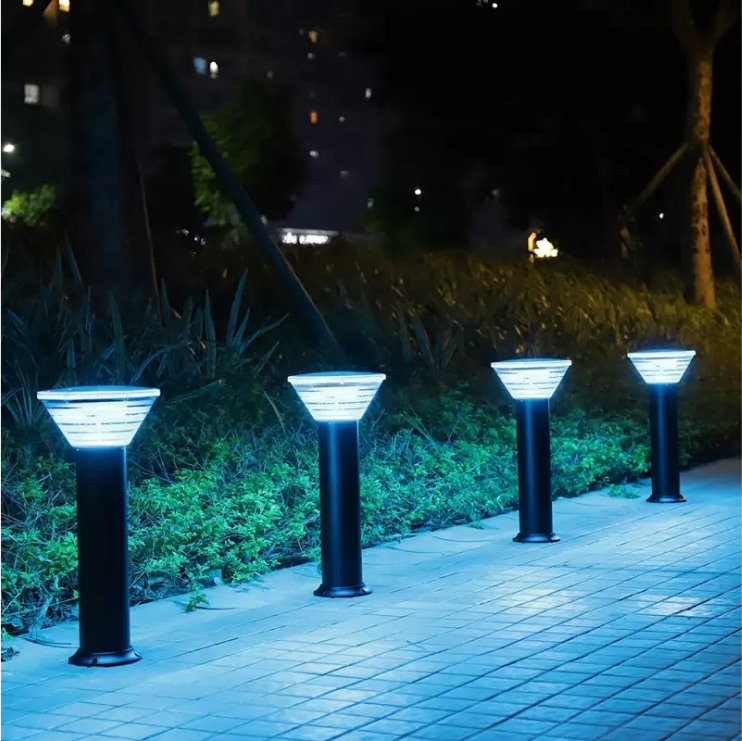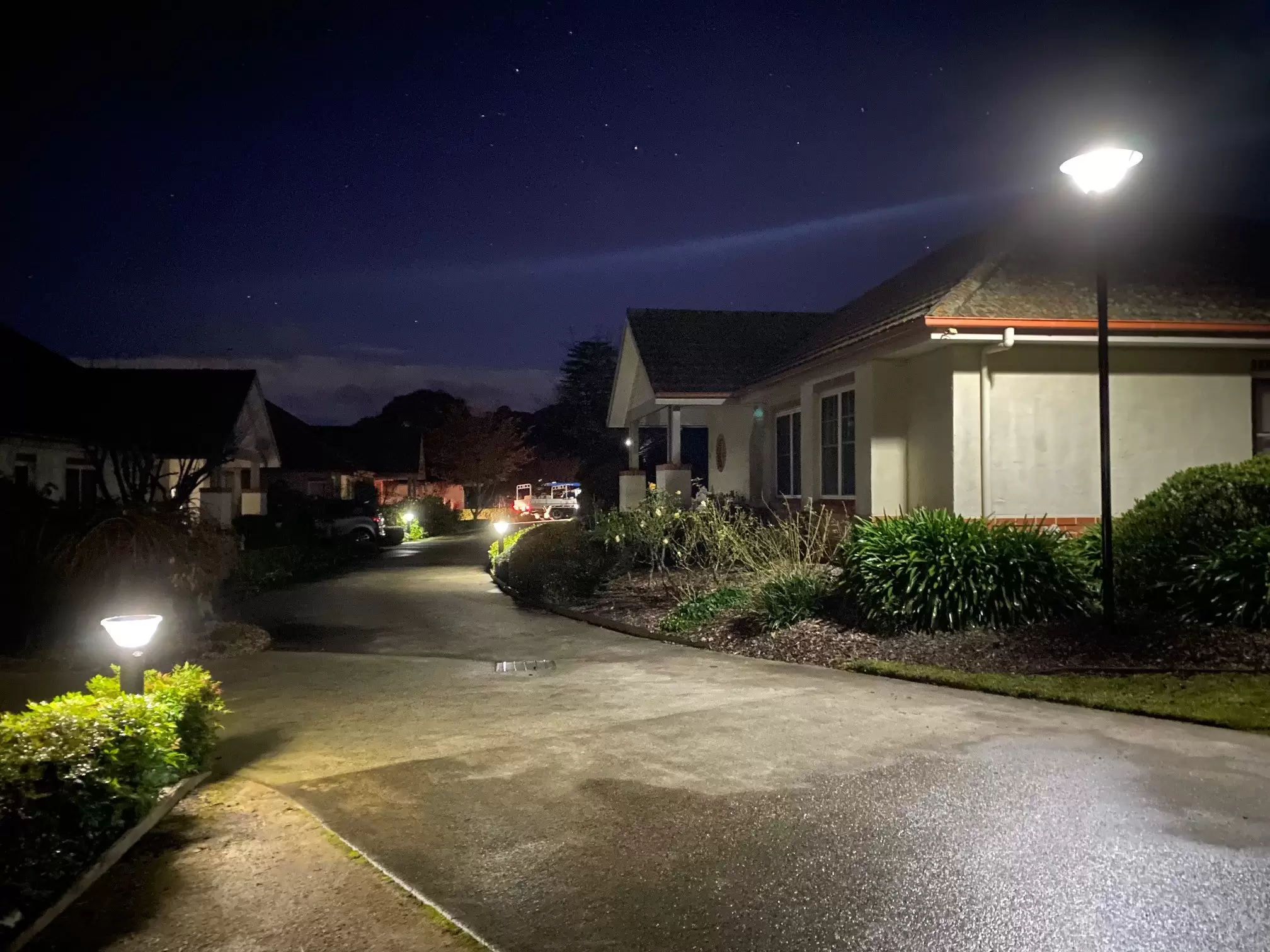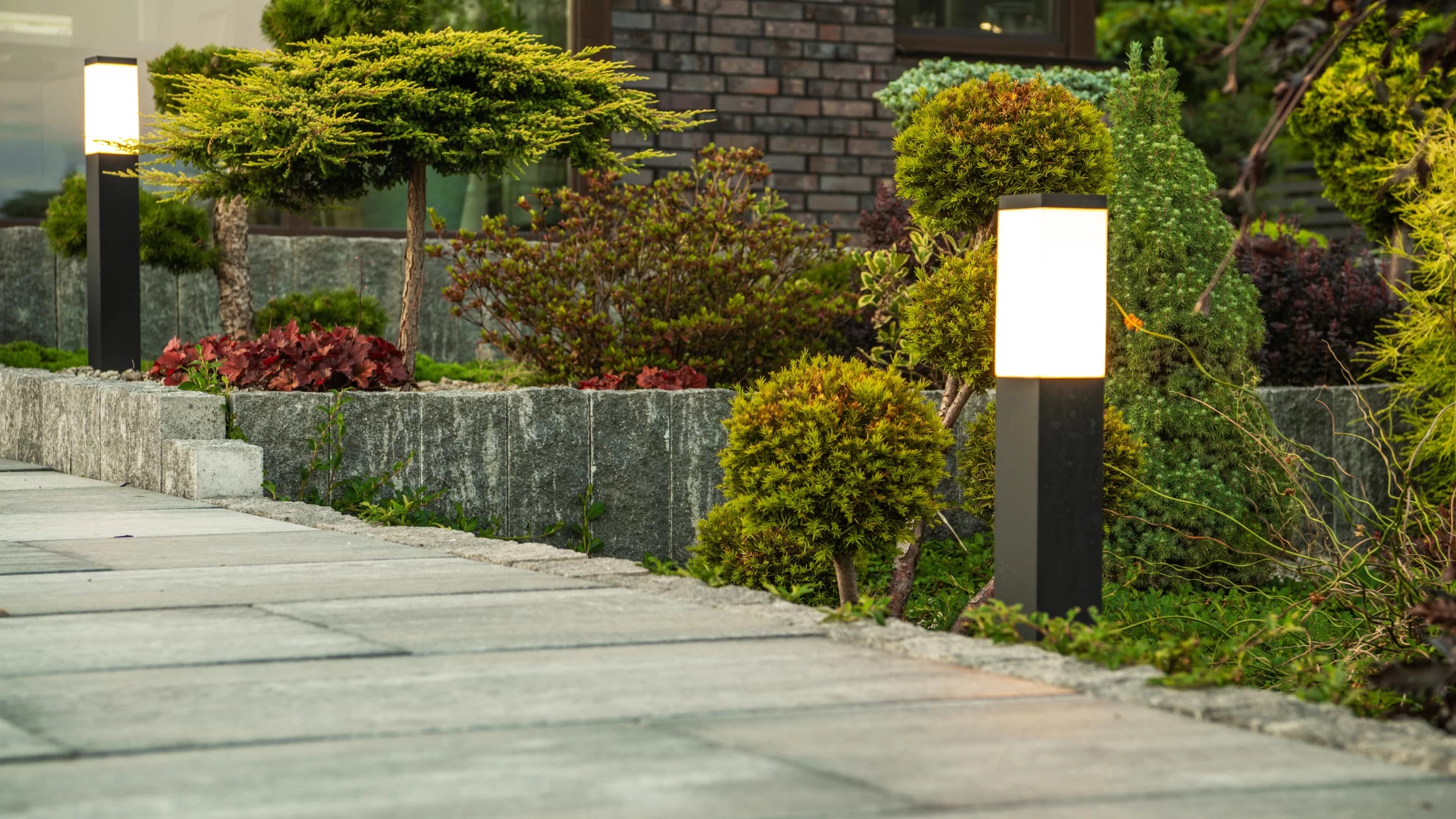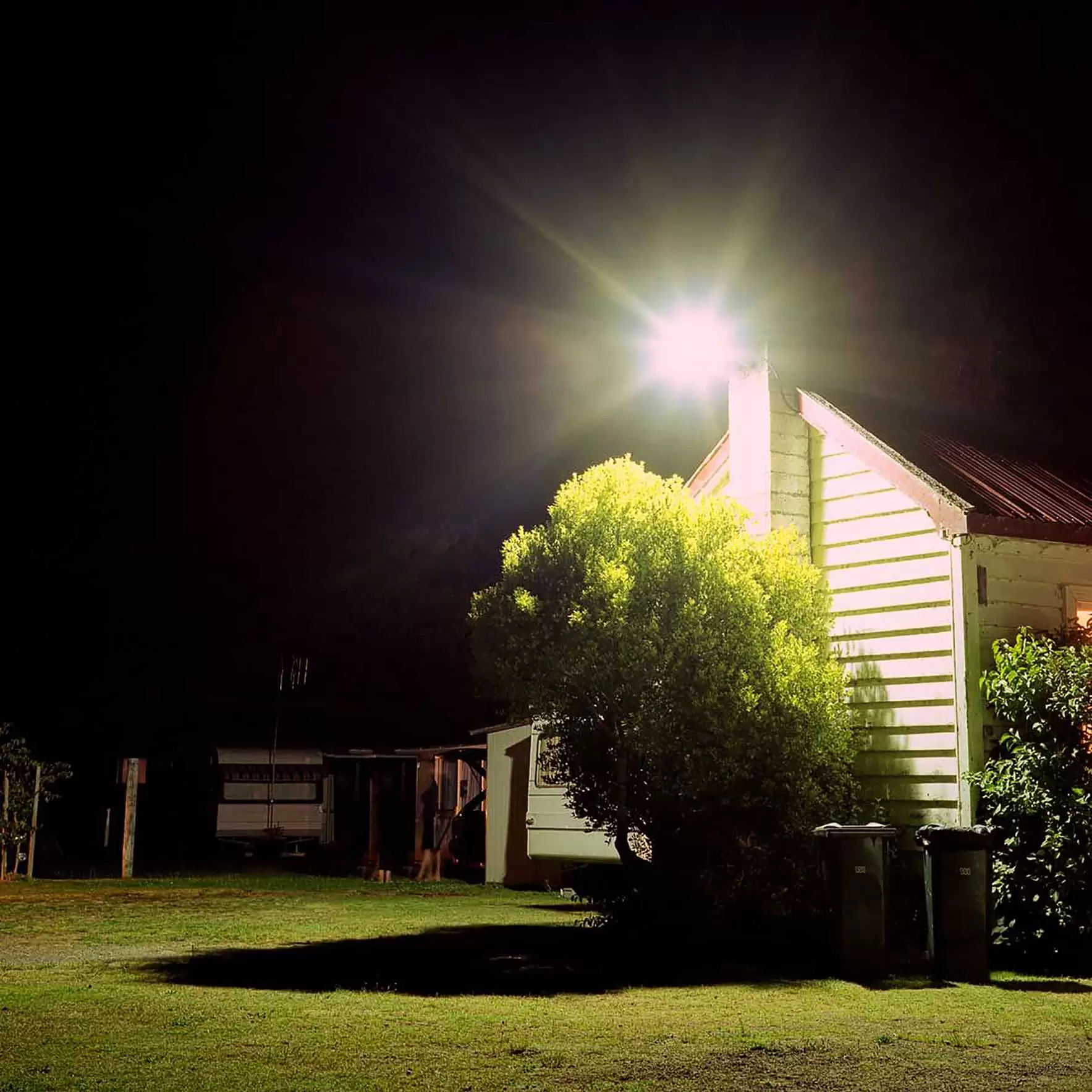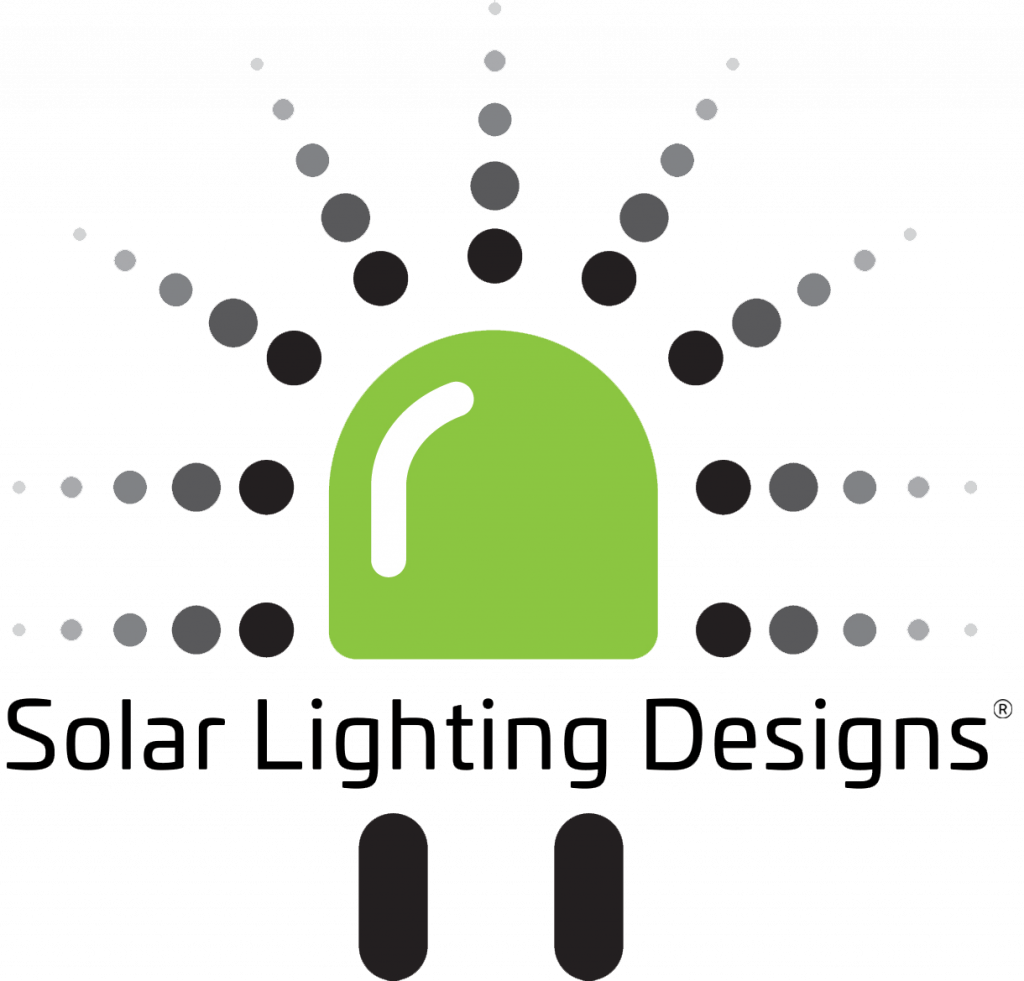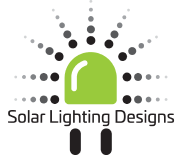Solar Light Bollards vs. Hard Wired: Which One is the Best?
Solar Bollard lights are posts that line walkways and provide illumination to the surrounding area. They enhance a site’s beauty and provide security for visitors. Not only this, but they also fulfill several functions, such as illuminating your outside area and allowing for precise, safe nighttime vision into your garden. Usually, there are two types of bollard lights: hardwired and solar power. You can easily get your hands on them in the market. However, we must know that each approach has pros and cons. If you are confused about which one you should get, then there is no need to worry anymore because today we will discuss the finest option for your outdoor space, with specifics regarding hardwired vs Solar Bollard Lighting. So, without any further ado, let’s get into it! Solar Bollard Lighting The energy source for solar Bollard lights is the sun. There is no need for mains power to your home because they are equipped with a solar cell fixed to the fixture. At night, the cell’s stored power in a solar battery turns the LED light on. Though solar lighting can offer many advantages, there are also some drawbacks. You can choose the best lighting for your outdoor settings by reading the pros and cons below. Pros: Because solar lights use the sun’s free energy, they comparatively reduce your electricity costs. Installing them is simple, as many Solar Bollards lights are easy fixed to the ground using standard house tools. As Solar Bollards they run on renewable energy, they are eco-friendly and lessen your carbon impact. Cons: Although the initial cost of solar lights is lower, battery changes are necessary to maintain proper operation. It might increase their expenses in the long run. Because dirt, fallen, snow, and leaves can cover the solar panels on the fixture, they do need to be occasionally cleaned and maintained. Solar lighting requires sunlight to charge, potentially restricting the locations they can be installed. Hardwired Landscape Lighting Hardwired bollard lights must be connected to the appropriate electrical wiring, like other lights in your house, to turn on or off. The following are some pros and cons of wired lighting in outdoor areas. Pros: Since wired lights don’t need batteries to be changed, their initial cost is primarily one-time. They can begin working as soon as the wiring is installed. They can offer more reliable lighting than solar, depending on where they are installed. Cons: These light bulbs are not cost-effective if non-renewable energy sources power your home. Precautions must be taken during installation to prevent any electrical accidents. Your electricity costs will go up if you use these lights. Which Is Better for Landscape Lighting: Solar or Wired? After reading about the advantages and disadvantages of wired and solar lighting, you’ll probably wonder which one fits you best. So, compare these options to find the ideal one for your outside space. 1. Installation Since Solar Bollard Lights don’t require complex wiring, installing them only requires reading the instructions in the guide. Moreover, the cell is already fixed to the fixture when they arrive, which makes it even easier for you to get the job done. 2. Price Solar Bollard Lighting can save you money in several ways, including eliminating the need for costly wiring, requiring a technician to install them, lowering the cost of electrical power, and obtaining them for less. However, these lights continue to require expenditures because you must change the batteries, particularly if they are fitted in significant numbers. The initial costs of installing wired lights include hiring a professional, buying pricey cables, and installing them. Furthermore, outdoor lamps are more expensive because the bulbs are made of durable materials. Because these lights consume electricity, the cost of electricity also increases. Still, the solar lighting can operate for over 5 years after installation without requiring repair or upkeep, making it a cost effective option. 3. Maintenance It’s pretty simple to maintain solar lights because all you have to do is change the batteries. No advanced math is required, and you can maintain it independently. Sounds good, right? But remember that cleaning the cells is key to effectively absorbing light. And here comes the best part: the materials used to make these lights are sturdy enough to withstand harsh weather. 4. Visual Appeal Solar lights can effectively create a mellow glow outside that visually brightens areas. They are ideal for highlighting walkways and gardens. 5. Lifespan LED solar bulbs have an extended lifespan of over ten years. However, batteries and solar cells need to be replaced every few years. Put another way, batteries have a shorter lifespan than solar lamps. LED lights that are wired have a 15-year lifespan. So, go for wired lights if you want to avoid having to change your bulbs frequently. Things to Consider Before Selecting an Outdoor Light When selecting the right type of light for your outdoor space, there are a few more things that you need to take into account. The lights can be chosen according to your budget, the area you wish to light, and the use for which you want them. Let us explore these variables: Space and Design Solar Flood Lighting/lights are a good option if you wish to light up smaller spaces like walkways. But if you want to light up a more extensive area, go for wired lights. Solar lights are ideal for illuminating corners and areas beneath staircases, among other awkward places. For this, wired spotlights are an additional option. Must-have Functions Selecting the ideal landscape lighting will be easier for you if you know why it’s being installed. For instance, solar-powered bulbs are the perfect option to promote a tranquil atmosphere in your yard. If you enjoy entertaining and want a bright, alert atmosphere, one more thing that makes wired lightning an ideal choice is that you can easily control lightning
